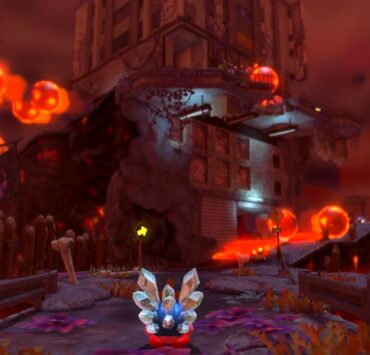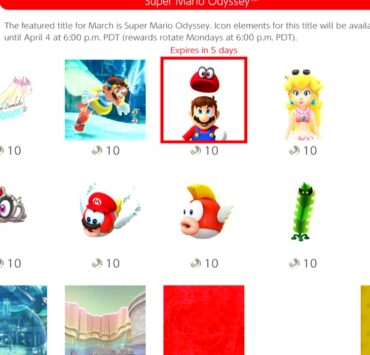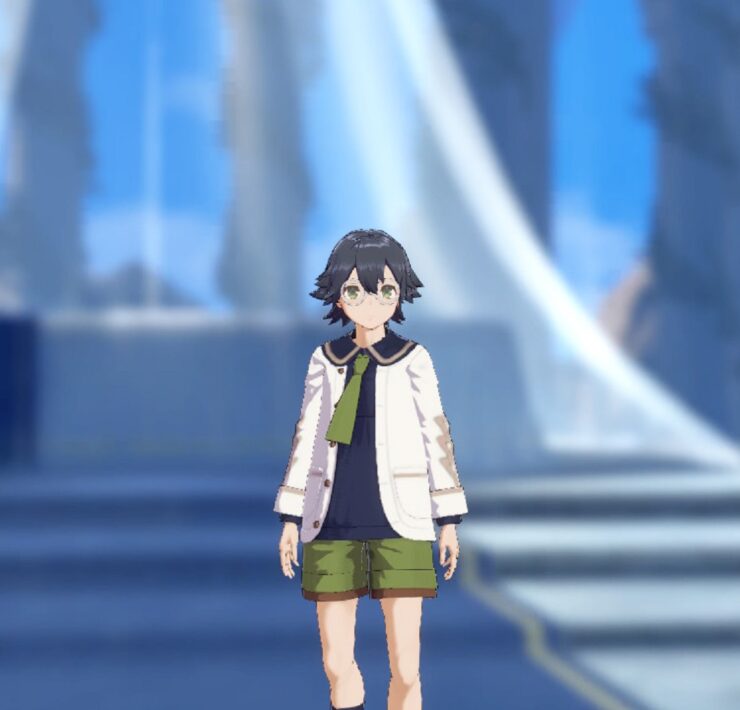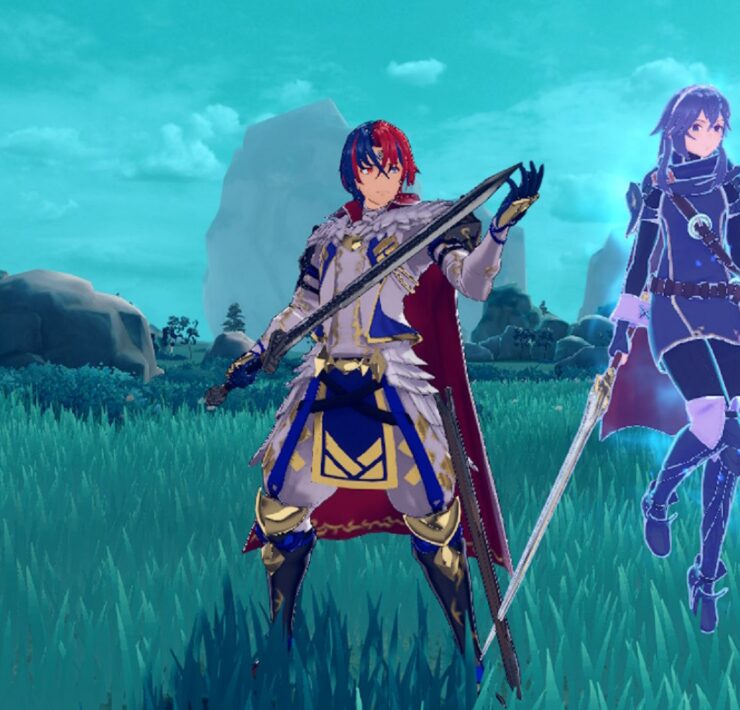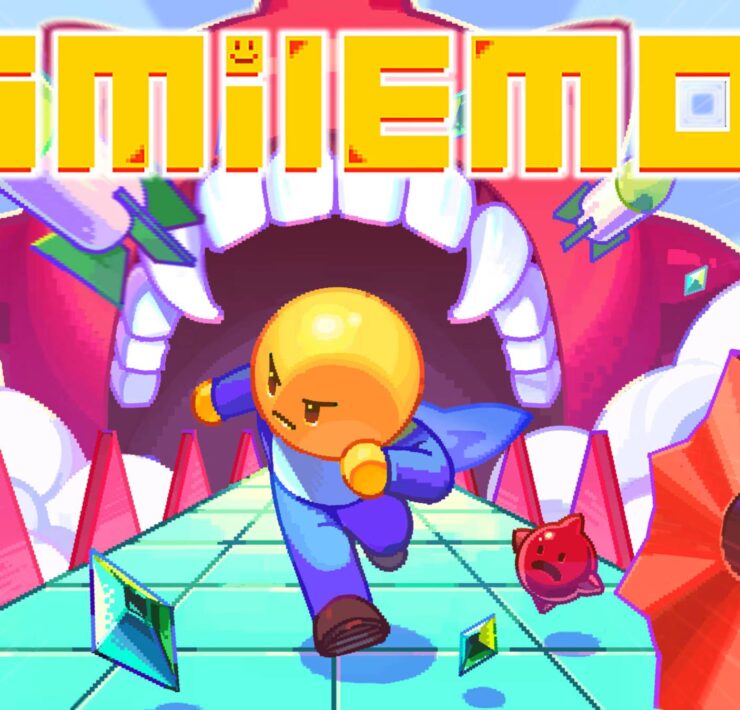Triangle Strategy Switch Review – A Slow-Burning Masterpiece
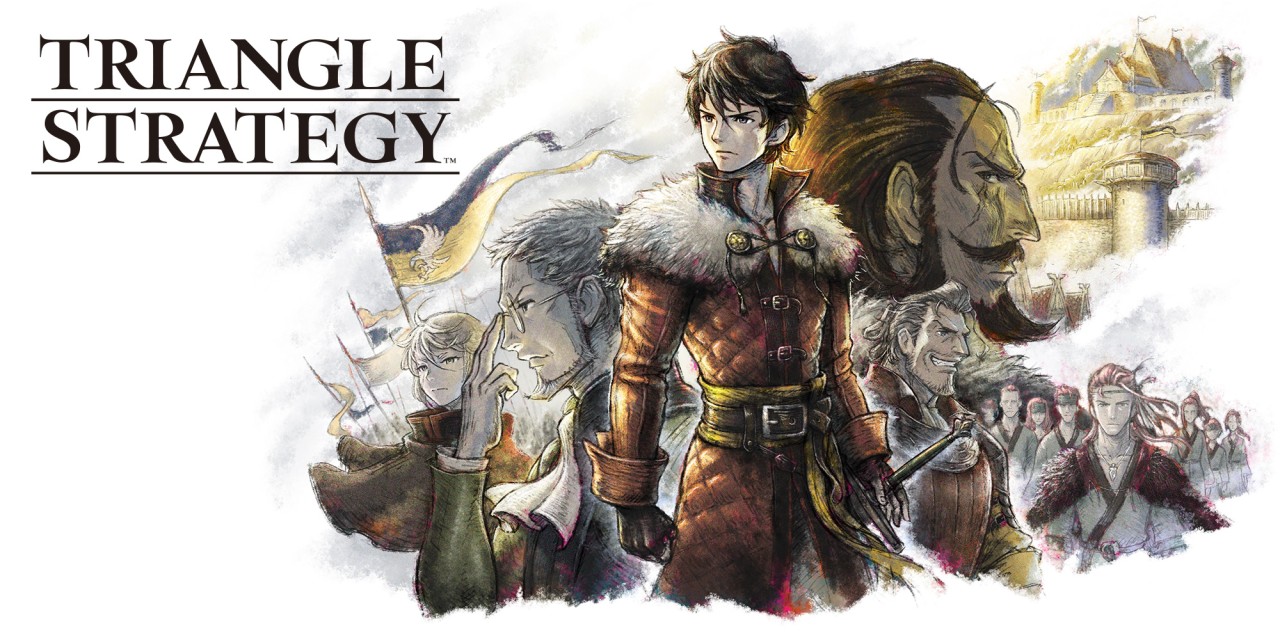
Reminiscent to that of Octopath Traveler, Triangle Strategy takes what worked best about the 2D RPG title and turns it into what can only be described as a masterpiece.
A strategic RPG that tasks the player with making some very important (sometimes life-threatening) decisions, Triangle Strategy sets a new level for future tactical RPG titles. Let’s get right into why!
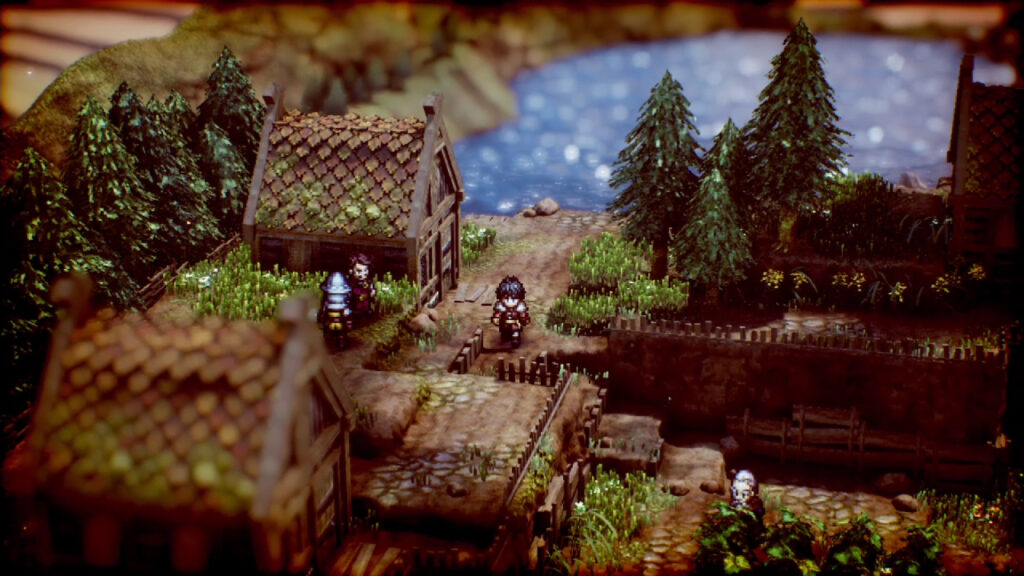
Triangle Strategy is set in the continent of Norzelia, a small place with three ruling powers: Hyzante, the theocracy; Aesfrost, brutal warmongers; and Glenbrook, seemingly peaceful. Revolving around the life of Serenoa, the newly named Lord of House Wolffort – one of Glenbrook’s High Houses. The Archduke of Aesfrost invades this city and destroys the peaceful nature of the country. It’s left down to Serenoa and his companions to protect the Kingdom.
Triangle Strategy is a game in which your choices are extremely important, as they can affect your story drastically. Maps, story beats, and the characters you encounter can change depending on what decision you make in the game, resulting in both good and bad outcomes. The biggest decisions are made by using a mechanic in the game known as the ”Scales of Conviction.” This will prompt you to hear out your main party members, allowing each of them to put their points across and vote for a particular choice. You are able to talk the party members into a different choice, if you select the right options, though.
Whichever choice you make will bolster one of three convictions: Utility, Morality, and Liberty. This will ultimately shape Serenoa’s personality and character as well as the story itself. It’s a really interesting gameplay mechanic that can become very stressful, very quickly.
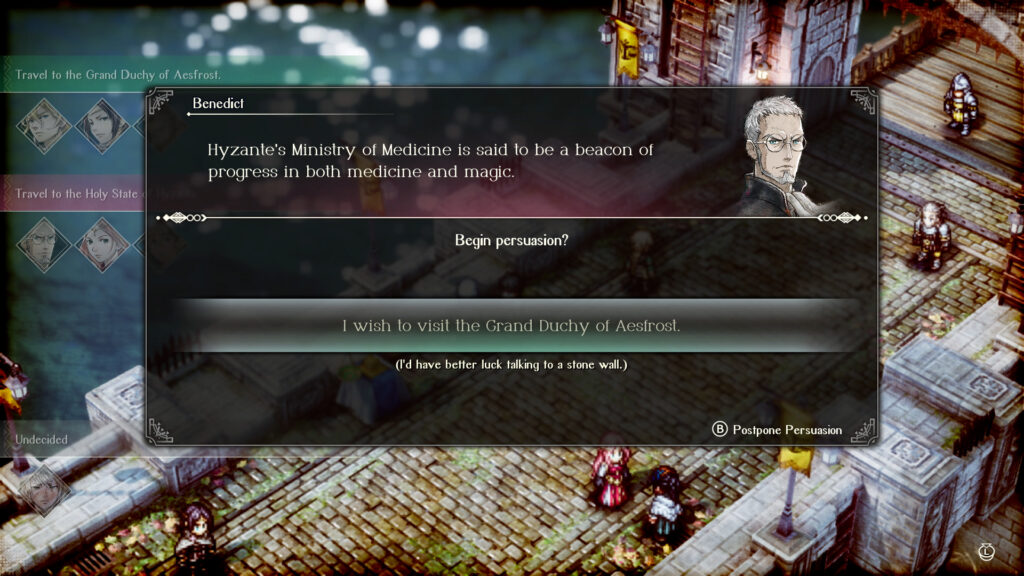
There are many different characters you can get to know and use to your advantage in Triangle Strategy. There are seven ’main’ characters to use, all having their own abilities and personalities, which is cool, but it quickly became apparent that four of the seven characters excel more-so than the others, causing the main four to be a constant place in your party while the remaining three not being a necessity.
On top of that, there are a whole host of other characters that can join you on your adventure through side-missions and the like. But, annoyingly, these side-missions (and their characters) while adding a nice break to the main story, don’t fit very well into that story. This aspect is pretty trivial though, so it’s not all bad.
Combat is done by turn-based combat on a square grid, and you get to control where each of your characters move to, who they attack, and in which way they attack. Each character has their own strengths and weaknesses in battle, and it’s important to find what works best for you. Having a good mixture of classes will always work in your favour. For example, having a healer, a spell-caster, and a warrior will always provide you with a good mix of moves and approaches to take.

There are a few mechanics within the combat system that are also very handy to take advantage of. If you attack an enemy from behind this will deal more damage than if you attack them from the front, as well as if you attack an enemy from higher ground. Of course, these are manoeuvres that can be used on you too, so be mindful of that.
Character placement is super important, too. Placing ranged characters behind your frontline characters will allow for a constant line of damage from a safe distance. A red line will connect your ally to enemies if they are within the range of enemy attacks, so this is something to be aware of.
The game does have a range of difficulty levels for more accessibility, which is good. If you would prefer to just enjoy the game’s story and not have to worry about the battles becoming too difficult, there’s a simpler mode. On the flip side, there are more difficult mode for players who prefer a serious challenge.
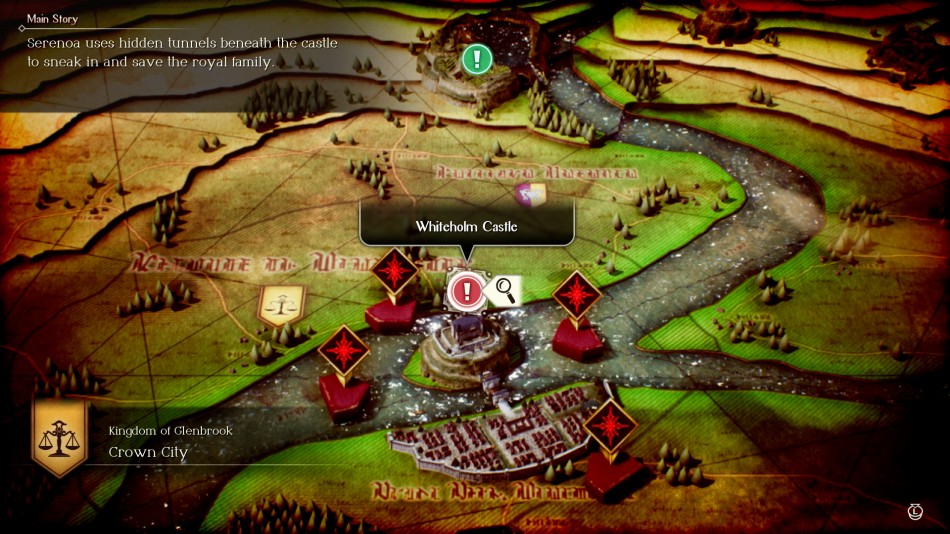
Triangle Strategy’s HD-2D aesthetic is wonderful. It’s almost identical to that of Octopath Traveler, and that’s fine. If it’s not broke, don’t fix it, right? It’s amazing just how much detail can come out of pixel art, and it’s clear to see in this game. The game’s soundtrack is just as good, too.
My one annoyance with Triangle Strategy was with the camera angles in battle. It was often difficult to get the camera into a comfortable position in which you can see the whole battlefield, with the camera often ’clicking’ into a less convenient position.
Overall, though, Triangle Strategy is a very narrative-heavy game that if you can just give it the time it so deserves, will be one of the best narratives you will play. The way the story branches out depending on what decisions you make is extremely interesting, and the battles are a ton of fun to actually work out the best strategy for you. This is one of my favourite Nintendo Switch releases yet, and it’s going to be hard to knock it down. Play it. You won’t regret it.
Triangle Strategy Switch Review provided by Nintendo Link
Publisher: Square Enix
Developers: Square Enix
Release Date: March 4th, 2021
Price: $59.99, £49.99, €59.99
Game Size: 6.4 GB
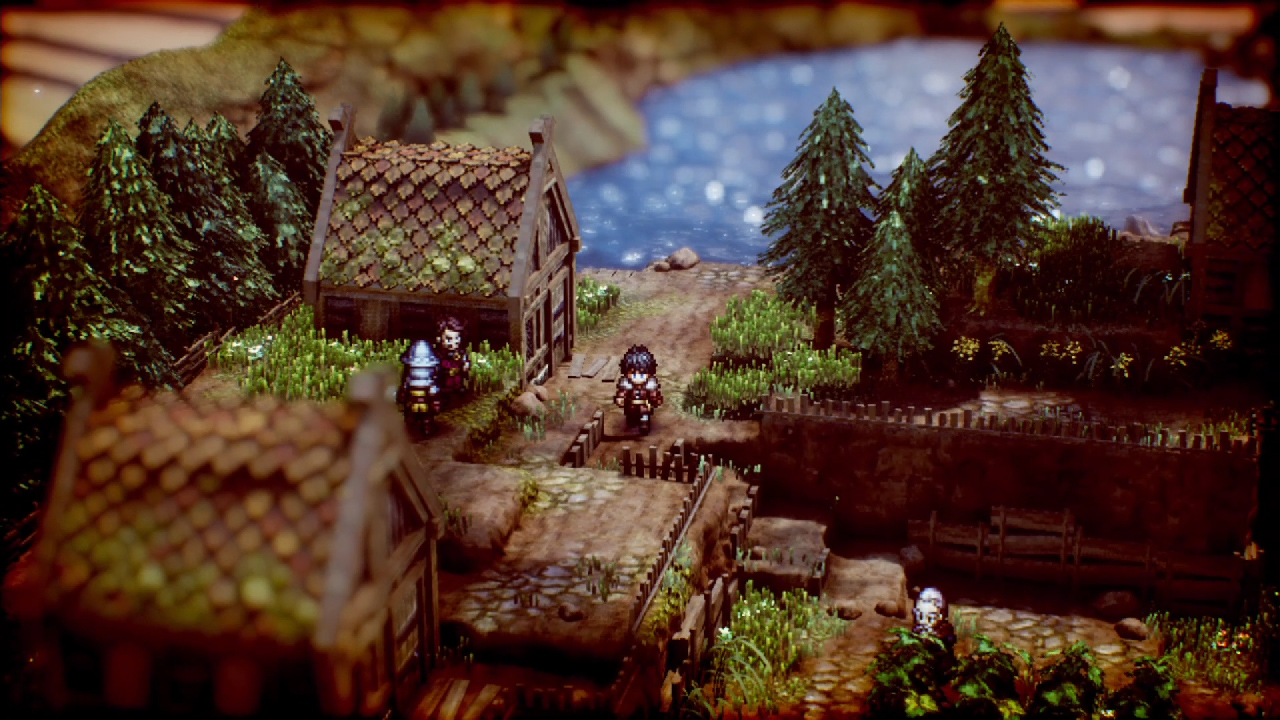
Brilliant (but lengthy) narrative
A plethora of characters to gain and use
Stunning HD-2D art
Story choices are interesting
Hella fun combat
Camera angles can be annoying
What's Your Reaction?
A massive lover of all things nerdy, Chelly has been games writing for over 3 years now and hopes to gain more experience and knowledge doing so. Her favourite games are Monster Hunter, Borderlands and Pokemon.

